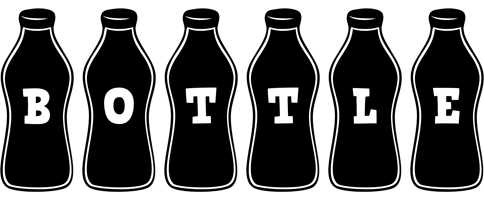In addition to primary forms of identification such as driver's licenses and passports, lenders may request secondary forms of identification to further verify the borrower's identity and enhance security measures. Secondary forms of identification provide additional confirmation of the borrower's identity and help mitigate the risk of identity theft and fraud. Here are some common secondary forms of identification that borrowers may be asked to provide when applying for a loan:
### 1. Social Security Card
A Social Security card is a government-issued document that contains a unique identification number assigned to individuals for tax purposes. While not typically used as a primary form of identification, a Social Security card can serve as a secondary form of identification to corroborate the borrower's identity.
### 2. Birth Certificate
A birth certificate is an official document issued by the government that records a person's birth and includes details such as their full name, date of birth, place of birth, and parents' names. Birth certificates are commonly used to verify identity and citizenship and may be requested by lenders as a secondary form of identification.
### 3. Voter Registration Card
A voter registration card is issued to individuals who are registered to vote in local, state, or national elections. Voter registration cards typically include the voter's name, address, and voter registration number. While not as widely accepted as primary forms of identification, a voter registration card may be used as a secondary form of identification in certain circumstances.
### 4. Utility Bills or Bank Statements
Utility bills (e.g., electricity, water, gas) and bank statements with the borrower's name and address can also serve as secondary forms of identification. These documents provide evidence of the borrower's residency and may be used to verify the information provided in the loan application.
### 5. Government-issued Identification Card
In addition to driver's licenses and passports, other government-issued identification cards, such as state identification cards or military IDs, may be accepted as secondary forms of identification. These cards typically contain the individual's photograph, name, and other identifying information.
### 6. Personal References
In some cases, lenders may request personal references from individuals who can attest to the borrower's identity and character. Personal references may be contacted by the lender to verify the borrower's identity and provide additional assurance regarding their credibility.
### Conclusion
Secondary forms of identification complement primary forms of identification such as driver's licenses and passports, providing additional confirmation of the borrower's identity and enhancing security measures during the loan application process. By providing secondary forms of identification when requested by the lender, borrowers can demonstrate their identity and increase the likelihood of loan approval. It's essential for borrowers to cooperate with lenders' requests for identification documentation and provide accurate and up-to-date information to facilitate a smooth borrowing experience.


0 Comments